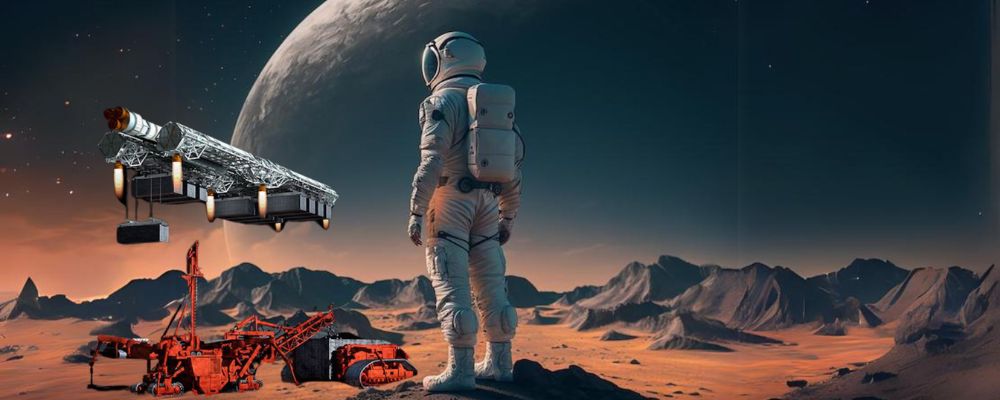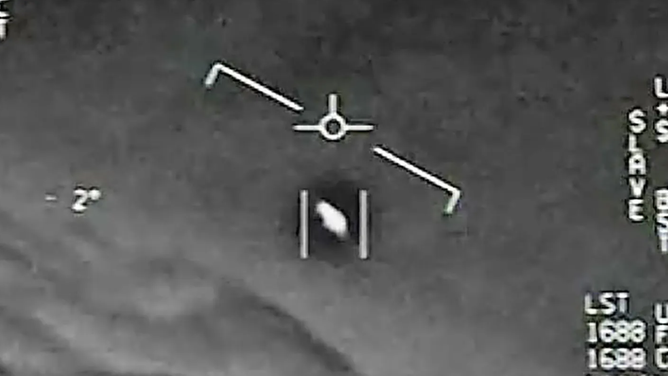
Exploring space and utilizing extraterrestrial resources are no longer mere science fiction. Thanks to advancements in technology, especially artificial intelligence (AI), the dream of space mining and unlocking moon resources is rapidly coming to fruition. This blog explores the transformative role of AI in space mining and how it is shaping the future of lunar resource extraction.
The Role of AI in Space Mining
Space mining involves extracting valuable minerals and resources from celestial bodies such as asteroids and the Moon. AI is revolutionizing this field by enhancing precision, efficiency, and safety across various aspects of the process.
AI-Driven Resource Identification
A major challenge in space mining is the identification and location of valuable resources. Utilizing AI algorithms, particularly those employing machine learning, has transformed this process. By analyzing extensive data from space missions and telescopic observations, AI now predicts the presence of minerals and assesses their value with unprecedented accuracy.
Autonomous Mining Operations
Moreover, AI-powered robotics and automation are poised to play a crucial role in space mining. Autonomous robots, equipped with AI, will be capable of performing mining operations on the Moon’s surface without human intervention. These robots are designed to analyze soil samples, extract minerals, and conduct maintenance tasks, all while sending real-time data back to Earth.
Unlocking Moon Resources with AI
The Moon holds a wealth of resources that could support future space missions and potentially benefit life on Earth. AI is essential in unlocking these resources through several innovative approaches.
AI in Lunar Resource Mapping
To begin with, AI technologies are used to create detailed maps of the Moon’s surface. These maps assist scientists in identifying areas rich in valuable resources like Helium-3, rare earth elements, and water ice. Processing data from lunar orbiters and landers with AI produces high-resolution maps that guide exploration and extraction efforts effectively.
Enhancing Resource Extraction Efficiency
Additionally, AI optimizes the efficiency of resource extraction on the Moon by refining mining techniques and equipment. Machine learning algorithms analyze data from mining operations, which helps improve methods, reduce energy consumption, and enhance overall productivity. This leads to more effective and sustainable resource extraction processes.
Future Prospects and Challenges
The Future of AI in Space Mining
Looking ahead, the integration of AI into space mining offers immense potential. As technology advances, AI systems are expected to become more sophisticated, enabling deeper exploration and more efficient resource extraction. This synergy between AI and space mining could result in groundbreaking discoveries and pave the way for sustainable extraterrestrial resource utilization.
Addressing Challenges and Ethical Considerations
Despite its promise, AI in space mining faces several challenges. Technical hurdles, high costs, and ethical considerations related to space resource ownership and environmental impact must be addressed. International cooperation, robust regulations, and continued research into AI technologies are essential to overcoming these challenges.
Conclusion
In conclusion, AI is revolutionizing space mining and the quest to unlock moon resources, turning what was once a distant dream into a tangible reality. Through advancements in AI-driven resource identification, autonomous mining operations, and efficient resource extraction, we are on the verge of a new era in space exploration. As technology evolves, AI will continue to play a central role in shaping the future of space mining and ensuring the responsible use of extraterrestrial resources.






